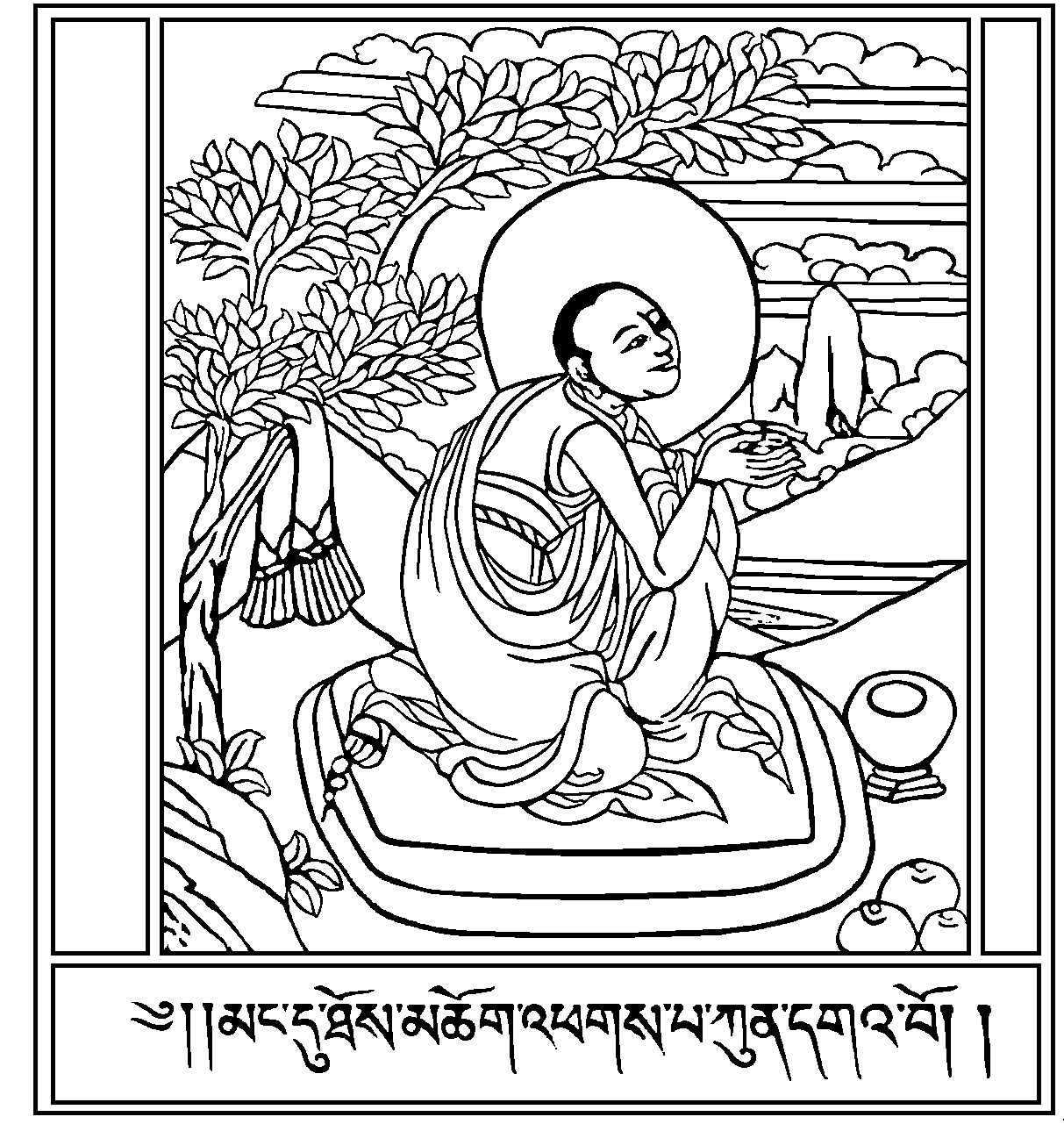शौचात् स्वाङ्गजुगुप्सा परैरसंसर्गः ॥४०॥
śaucāt svāṅga-jugupsā parairasaṁsargaḥ
Purity is the result of cleanliness, by limiting our contact with material transient things, and by developing pure relationships.
The word shaucha (शौच) is derived from the Sanskrit root word ‘shuch’, which means to cleanse or to purify. Shaucha is translated as purity and cleanliness. As the first niyama, it prescribes a personal conduct of cleanliness in relationship to our body, surroundings, thought and behaviour, and combines both external and internal purity. Applied to external purity, shaucha includes the personal hygiene and health regime. There are a number of Kriya yoga techniques that extend personal hygiene beyond the most common ablutions such as brushing teeth. These include jala neti (nasal irrigation) and kapalabati (forceful exhalations) cleaning sinuses and lungs. Applied to internal purity, shaucha is focused on maintaining the health and fitness of our body, which is in large parts reflects the quality of our diet, the purity of water we drink and the air we breathe. There is also a direct relationship to the fitness regime we exercise to keep our body strong and flexible. In this respect, a regular practise of asana (postures) and pranayama (breath control) play an important role in the concept of shaucha.
In Hinduism and Buddhism shaucha is also listed as a yama, because shaucha is equally concerned with our conduct towards our surroundings. Cultivating a capacity for discrimination and purity in our thoughts and speech is an important prerequisite for dealing with others in a fair and compassionate manner. For this reason, shaucha is closely connected with ahimsa, as thoughts become words, and words action and reaction. Mahatma Gandhi is a prominent yogi who extended shaucha towards public health and hygiene by investing and promoting sanitation, waste removal, healthy food, and access to clean water and air.
Shaucha is much more than a reminder for personal health, hygiene, and a tidy household. On a more abstract level shaucha is to help us discriminate the impure and transient from the pure and permanent. The practice of shaucha thereby is a tool to reveal what needs constant maintenance, as opposed to things and acts that are intrinsically pure. Purity in the world we life in comes in many shapes and forms. There is perhaps nothing more pure than elements, in Vedic tradition earth, water, fire, air, and space. The mind can reflect these elements; it is one inexhaustible space, with thoughts fast as wind and a fire shining lights on all things perceived. Experiences form the soil of reasoning and understanding, while currents of emotions can be likened to the element of water.
A focus on the intransient essence of things is best realised in a life of simplicity. By simplicity, we limit distraction of our senses and emotional attachment to things superficial. In this respect, shaucha is also closely linked to the aparigraha. Ultimately, purity and simplicity result in personal contentment, the second niyama santosha.
śaucāt svāṅga-jugupsā parairasaṁsargaḥ
Purity is the result of cleanliness, by limiting our contact with material transient things, and by developing pure relationships.
The word shaucha (शौच) is derived from the Sanskrit root word ‘shuch’, which means to cleanse or to purify. Shaucha is translated as purity and cleanliness. As the first niyama, it prescribes a personal conduct of cleanliness in relationship to our body, surroundings, thought and behaviour, and combines both external and internal purity. Applied to external purity, shaucha includes the personal hygiene and health regime. There are a number of Kriya yoga techniques that extend personal hygiene beyond the most common ablutions such as brushing teeth. These include jala neti (nasal irrigation) and kapalabati (forceful exhalations) cleaning sinuses and lungs. Applied to internal purity, shaucha is focused on maintaining the health and fitness of our body, which is in large parts reflects the quality of our diet, the purity of water we drink and the air we breathe. There is also a direct relationship to the fitness regime we exercise to keep our body strong and flexible. In this respect, a regular practise of asana (postures) and pranayama (breath control) play an important role in the concept of shaucha.
In Hinduism and Buddhism shaucha is also listed as a yama, because shaucha is equally concerned with our conduct towards our surroundings. Cultivating a capacity for discrimination and purity in our thoughts and speech is an important prerequisite for dealing with others in a fair and compassionate manner. For this reason, shaucha is closely connected with ahimsa, as thoughts become words, and words action and reaction. Mahatma Gandhi is a prominent yogi who extended shaucha towards public health and hygiene by investing and promoting sanitation, waste removal, healthy food, and access to clean water and air.
Shaucha is much more than a reminder for personal health, hygiene, and a tidy household. On a more abstract level shaucha is to help us discriminate the impure and transient from the pure and permanent. The practice of shaucha thereby is a tool to reveal what needs constant maintenance, as opposed to things and acts that are intrinsically pure. Purity in the world we life in comes in many shapes and forms. There is perhaps nothing more pure than elements, in Vedic tradition earth, water, fire, air, and space. The mind can reflect these elements; it is one inexhaustible space, with thoughts fast as wind and a fire shining lights on all things perceived. Experiences form the soil of reasoning and understanding, while currents of emotions can be likened to the element of water.
A focus on the intransient essence of things is best realised in a life of simplicity. By simplicity, we limit distraction of our senses and emotional attachment to things superficial. In this respect, shaucha is also closely linked to the aparigraha. Ultimately, purity and simplicity result in personal contentment, the second niyama santosha.
 |
| Shaucha is cultivating a pure and simple life |